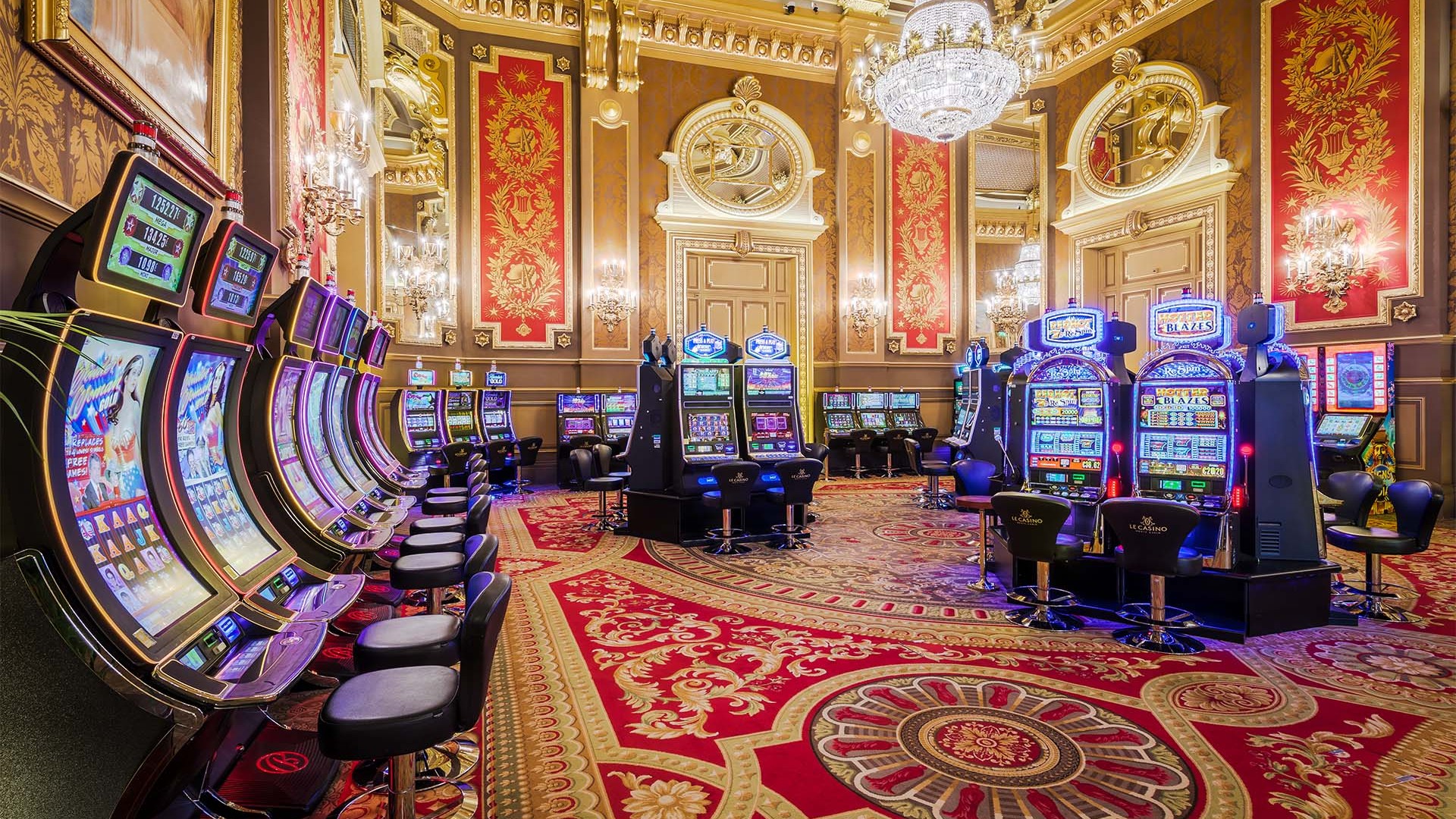
Gambling games have long been a fascinating form of entertainment, drawing millions of players from diverse cultures around the globe. From the lively casinos of Las Vegas to the busy gambling halls of the Chinese gambling capital, these games serve as a bridge that connects people across different backgrounds. The allure of fortune, strategy, and risk entices not only those hoping to gamble for profit but also those seeking a sense of community.
The influence of casino games extends well beyond the gaming floor. They often reflect the cultural standards and principles of the cultures in which they flourish. Games such as Texas hold ’em, blackjack, and the spinning wheel have integrated into the mosaic of popular culture, influencing various aspects from movies to clothing. As we explore this fascinating intersection of luck and culture, we can comprehend better how gambling games shape and are shaped by the environment surrounding us.
Chronological Development of Gambling Activities
The beginnings of casino activities can be traced back to ancient civilizations, where gambling in different forms was widely engaged in. Ga179 In China, around 2300 BC, a form of gambling known as Keno was well-known, while in ancient Rome, soldiers would frequently wager on the outcomes of their contests. The notion of using randomness for fun and gain progressed over the ages, leading to the establishment of more organized activities. By the late Middle Ages, betting houses began to emerge in the continent, especially in Italy, which introduced early forms of well-liked games still practiced today.
As betting gained recognition in European regions, the 17th and 18th centuries saw the appearance of casinos as specialized venues for betting. The earliest official casino, the Ridotto, was set up in Venice in the year 1638, featuring games like Baccarat and Faro. This era marked a major turning point, as gaming venues commenced to welcome not just the wealthy but also the expanding middle-income class. The refinement of activities grew, leading to the introduction of new guidelines and versions that improved the gaming experience.
In the 19th century, the industrial revolution and changes in societal standards further transformed the environment of gambling games. The introduction of roulette and modern gaming machines drew a broader clientele, and gambling establishments became seen as legitimate entertainment. This period witnessed the international spread of gaming, as casinos extended from the continent to the New World, culminating in the establishment of the legendary Las Vegas Strip in the twentieth century. The development of casino games has progressed into the present day, incorporating modern technology and online services, making them available to a universal market.
# Cultural Importance in Different Cultures
Casino activities have deep-rooted cultural value across numerous communities throughout the globe. In Las Vegas, the very core of the urban landscape is woven around gambling establishments, where gaming is not just a hobby but a key aspect of leisure and community life. The vivid lights and lively atmosphere attract countless individuals, showcasing how gambling activities can impact local financial landscapes and cultural uniqueness. This environment transforms the notion of recreation into an immersive event that affects fashion, sound, and even film.
On the other hand, some communities view wagering with more caution, viewing it through the lens of ethical beliefs and customs. A case in point, in numerous Oriental cultures, games like Mahjongg and Pai Gow are full of history and carry significant social implications. These games are often played during meetings and festivities, fostering collective connections and strengthening kinship ties. The act of participating in these games goes above mere entertainment, reflecting ethics such as respect for elders and the value of shared enjoyment.
Simultaneously, in European countries such as the principality of Monaco and Italy, gambling activities serve as symbols of luxury and refinement. The stylish atmosphere of these locations attracts both tourists and native inhabitants, upholding a sense of status and elitism. The art of poker and the strategic features of games like the game of baccarat are appreciated, influencing community relationships and creating an attraction that fascinates a heterogeneous audience. This highlights how gambling can simultaneously mirror and shape cultural attitudes towards danger, benefit, and relationship building.
Financial Influence and Travel Industry
Gambling activities play a significant role in the economic landscape of many areas, particularly those that depend significantly on tourism. The revenue generated from casino operations fuels local financial systems, creating jobs not only within the casinos but also but also in related sectors such as hotel management, restaurant services, and entertainment. This surge of tourists, drawn by the allure of gambling and the overall casino experience, stimulates expenditure across multiple businesses, contributing to the economic health of the area.
The existence of casinos often leads to the development of infrastructure, including hotels, public transit, and recreational facilities. These developments are essential in enhancing the overall tourist experience, making locations more attractive to tourists. Additionally, many casinos contribute in local communities through sponsorship of events and philanthropic activities, further integrating themselves into the social fabric of the region. Such investment not only supports economic growth but also cultivates a positive image of the gambling sector.
In addition, the global popularity of casino games drives tourism competition, with locations vying to attract players from around the world. Iconic locations like Las Vegas and Macau have become synonymous with gambling culture, drawing millions annually. This advantage encourages creativity and diversification within the gaming industry, influencing trends in entertainment and hospitality that resonate beyond their borders. The consequences of this tourism extend wide, impacting local economies and cultural interactions on a worldwide scale.